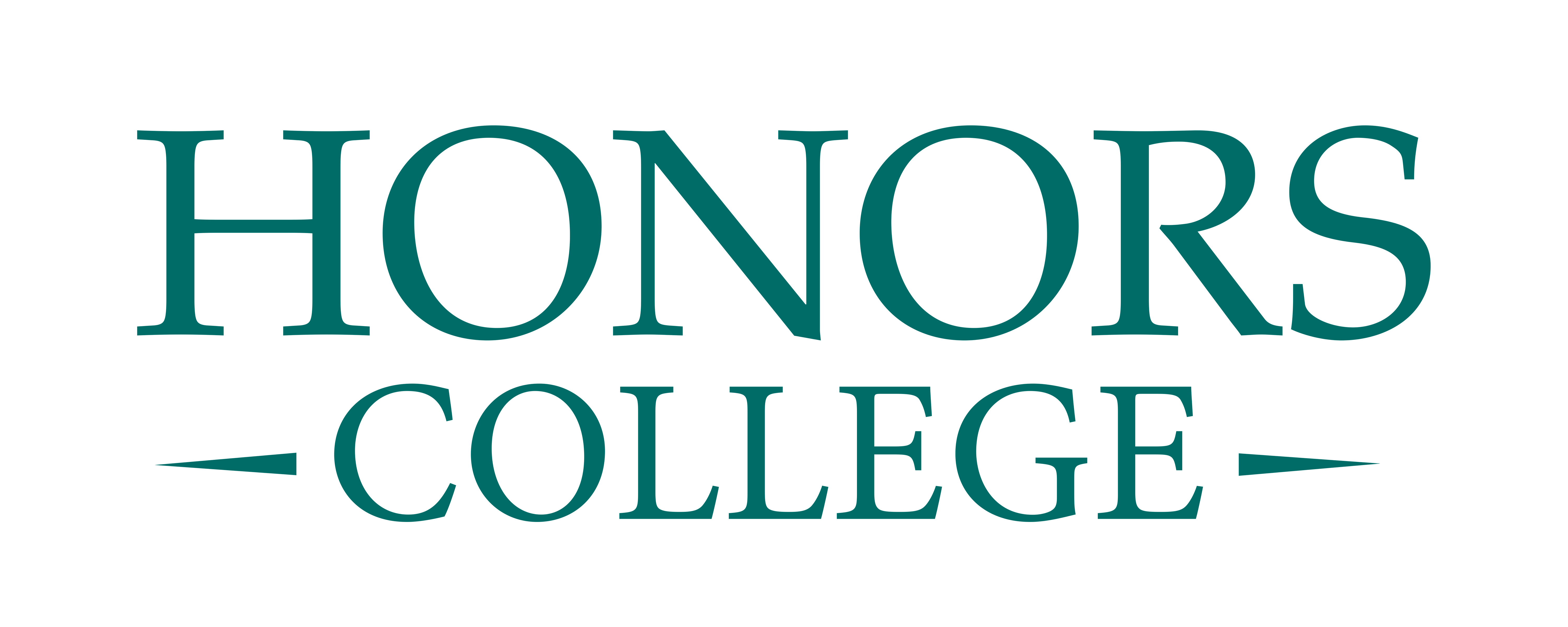
Overcrowding has been a reality at many large public and private colleges across the United States. Freshman class sizes that were a hundred, then a few hundred, are now rising up to 1,000 or more. Stanford has a few lower-level courses bordering 520, and U.C. Berkeley offers 101 chemistry to 1,000 students or more in a lecture hall. Many schools are increasing their virtual course offerings to offset the need for more classrooms.
Especially if you’re on a state full-ride, like Excelsior Scholarship, Florida Prepaid, New Mexico Scholars, Bright Futures,
The happy medium? Most super-sized schools have honors colleges.
An honors college is a smaller liberal arts college within the university. It offers the smaller class sizes, including lecture courses, and faculty that can deliver the level of intellectual rigor that can attract a top student.
Most high occupancy universities want top students. They have a harder time attracting them, though, because there are advantages that smaller, often private colleges have where students work directly with professors in small groups.
That’s especially important if you have to get the mentoring and the recommendations to move you up the line to important people in your chosen field. Eighteen to twenty-four professors can’t give much personalized attention to 2,000 to 8,000 students in their department.
That’s not to say that you can’t get off to graduate school or med school at a large university. It’s just a lot harder to get what you need, given the real student-to-professor ratio. Remember that’s different than a student-to-teacher ratio, which many big colleges advertise. The difference? The second number includes grad students, adjunct professors, a new group of “teachers,” and virtual teachers who aren’t professors.
With any school that you might attend, you want to know what the oucomes are: When people finish at the undergrad, where do they go?
A school with good outcomes is happy to tell you about them.
WHERE IT IS USEFUL
If you are on a state prepaid plan, or a state-funded scholarship program that must be used at one of their schools, but size is a problem, the Honors College offers an opportunity to students with excellent GPAs in high school to get an education that will give them access to faculty similar to a small liberal arts college.
POTENTIAL PITFALLS
Understand how each honors college works. All are different. Some, you never take classes outside of the honors college. Some you take classes at an upper level where the classroom sizes are smaller. There are a few honor programs, though, that require you to still take a few oversized lecture hall classes in the larger university in your freshman and sophomore years. That’s a potential concern, because a bad grade in a freshman 101 course with 1000 students in it, and ten to fifteen grad students teaching section break-outs can land you a C in your freshman year that can haunt you when you apply for graduate schools.
Always know the details of how they operate their school within the school.
ADDITIONAL RULES
Honors colleges generally operate at the same academic and testing requirements as the smaller colleges with which they compete. That’s to say that the GPAs and test scores are similar to other schools seeking top students.
DO YOUR HOMEWORK
Honors Colleges have their own websites. Go through them. Check the coursework and the faculty. Ask a lot of questions about advisors and class sizes and outcomes. How many of their students go on to get a masters? A terminal degree? (Ph.D., J.D., M.D. etc.) Who teaches there? If you visit the HC, ask a professor or two why they teach there, and what they want to bring to students that differs from the regular university.
HOW YOU APPLY
For most schools, the Honors Colleges are a separate application. Usually you find it by searching for the honors college on the school’s website, and clicking on the application information page. For some, you apply to the main college and write a supplemental application for the HC.
